How to use Liquid Fertiliser
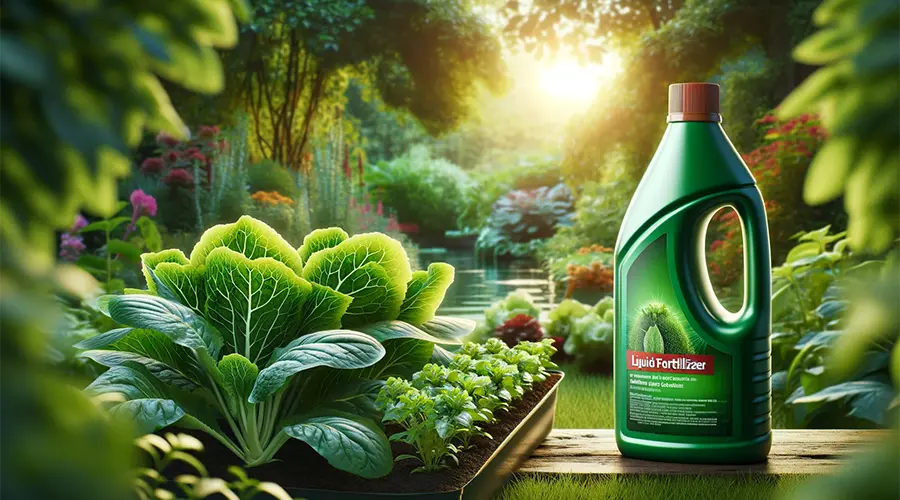
Gardening and farming are arts as much as they are sciences, blending patience with knowledge. In this intricate dance with nature, one of the most crucial steps is fertilization. But with a myriad of options available, it’s easy to get lost. Let’s dive into the world of liquid fertilizers, a choice that’s gaining popularity for its efficiency and ease of use, and as you enjoy a relaxing cup of tea, let’s learn how to use Liquid Fertiliser effectively.
Getting to know about the Liquid Fertiliser
When it comes to feeding our plants, liquid fertilizer is like a quick and easy meal for them. Liquid fertilizers are great for giving your plants exactly what they need. They are made to help certain kinds of plants or crops grow better.
It’s this concentrated liquid packed with all the good stuff plants crave: nitrogen, phosphorus, potassium, and a bunch of other nutrients. The cool thing is, you can just mix it with water and either pour it around the roots or spray it on the leaves. Plants love it because they can soak up all these nutrients super fast – it’s like getting an instant boost.
What’s great about liquid fertilizers is how versatile they are. Whether you’ve got a veggie garden, a flower bed, or even some indoor plants, they all can benefit from it. And if you’re into precision, like really making sure your plants get just what they need, liquid fertilizer is your go-to. You can adjust how much and how often you use it, which is handy for keeping your plants happy without going overboard.
But, here’s the catch – since plants use up these liquid nutrients quickly, you’ll find yourself feeding them more often than you would with those slow-release granular types. And, to be honest, they can be a bit pricier and need careful storage. But, for that quick, effective nutrient boost, they’re worth considering.
Slow-release fertilisers
On the other hand, slow-release fertilizers release nutrients over a period, usually in a pellet form. They are coated with materials that gradually dissolve, providing a steady nutrient supply. This delayed release can be beneficial for long-term plant health. Granular fertilizers, while effective, often release nutrients slowly and can be unevenly distributed.
And then, the Organic fertilizers, such as compost or manure, release nutrients slowly and improve soil health but may not address immediate nutrient deficiencies. Chemical-based slow-release fertilizers provide a steady nutrient supply but lack the immediacy of liquid options.
For a more detailed comparison, check out the pros and cons of granular and liquid fertilizers
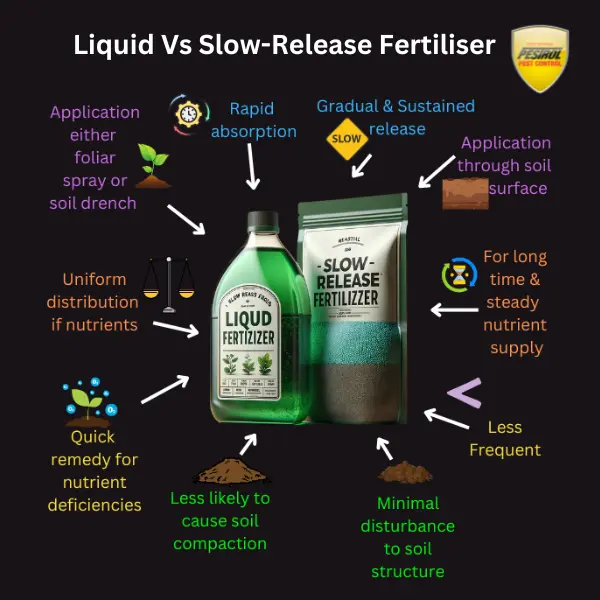
Types of Liquid Fertiliser
For new lawns, a balanced N-P-K ratio is key for growth. Once established, lawns benefit from high-nitrogen fertilizers for a green appearance. Late-season varieties have more potassium to prepare grass for cold weather.
Flower fertilizers contain higher phosphorus for better blooms and a balanced mix of nitrogen and potassium for overall plant health and growth.
Vegetable fertilizers offer a balanced N-P-K mix, crucial for leaves, roots, and fruit. They also include vital micronutrients like calcium and magnesium for quality growth.
Organic fertilizers, made from natural sources like fish emulsion and compost, provide essential N-P-K and improve soil health with beneficial microorganisms.
Starter fertilizers are high in phosphorus for root growth, with lower levels of nitrogen and potassium, aiding in the early development of new plants.
Foliar fertilizers are applied directly to leaves for quick absorption. They include essential micronutrients like iron and manganese to rapidly correct deficiencies.
Customized for specific plants like roses or orchids, specialty fertilizers have unique N-P-K ratios and specific micronutrients tailored for particular plant needs.
Advances in agronomic research and technology have led to the development of more efficient and plant-specific liquid fertilizers. This includes the creation of chelated micronutrients, which are more readily absorbed by plants, and controlled-release technologies even in liquid forms.
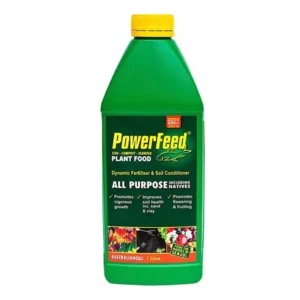
PowerFeed All Purpose Plant Food
3 reviews $11.40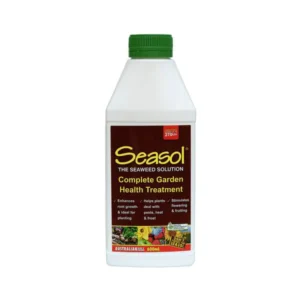
Seasol Seaweed Concentrate
2 reviews $11.49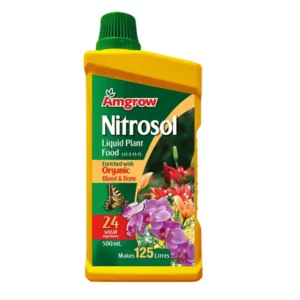
Amgrow Nitrosol Liquid Blood & Bone Fertiliser
1 reviews $12.90How to use Liquid Fertiliser

Step 1: Preparing the Soil
Alternativelty, If preparing the soil feels like too much work, you can just clear away any debris around your plants and give the soil some water if it’s dry deeper than two inches. This is a simpler way to get it ready for fertilizer.
Step 2: Mix it up
Step 3: Choose your method
Based on the soil test results, pick a fertilizer that has plenty of the nutrients your soil is lacking. Before using it, make sure to read the label carefully. Each liquid fertilizer has its own guidelines for how much to dilute it and how to apply it. It’s really important to follow these directions to keep your plants healthy. Pay attention to the right amount to use and any safety tips.
Remember, you have to water down concentrated liquid fertilizers so they don’t harm your plants. Just mix the fertilizer with water as the label says, using something like a watering can, bucket, or sprayer.
Soil Drenching (for the Roots)
Pour your mix around the soil at the base of your plant. This is great for feeding the roots.
Foliar Application (for the Leaves)
Grab a spray bottle and mist those leaves. This is a quick way for plants to absorb nutrients through their leaves.
When to use Liquid Fertiliser
During Active Growth Phases: Apply liquid fertilizer in spring and summer, as plants actively grow and demand more nutrients.
When Correcting Deficiencies: If you notice yellowing leaves or other signs of nutrient lack, use liquid fertilizer for an immediate boost.
At Planting or Transplanting Time: To support new plants or transplants, apply liquid fertilizer at the time of planting for quicker establishment.
During Flowering and Fruit Production: Enhance the development of blooms and fruits by applying liquid fertilizer when plants are flowering or fruiting.
Best Timing of the Day: Apply it early in the morning or late in the afternoon to avoid evaporation and maximize absorption by the plants.
For Regular Maintenance: Regularly use liquid fertilizer every 2-4 weeks throughout the growing season, following the specific product’s instructions.
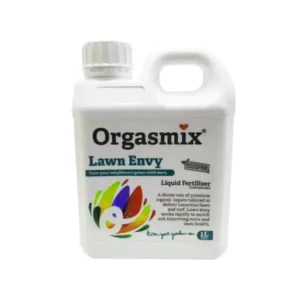
Orgasmix Lawn Envy Premium Fertiliser
$25.90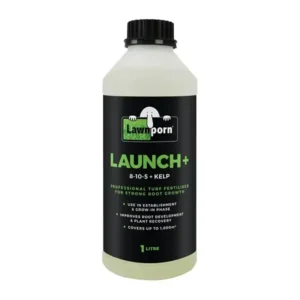





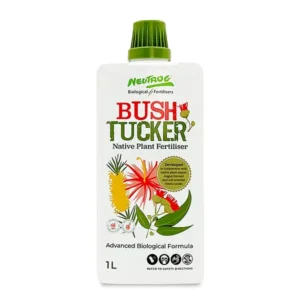
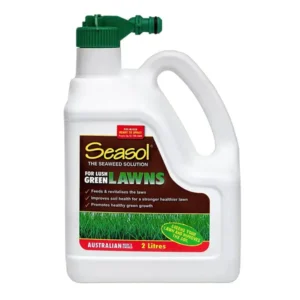
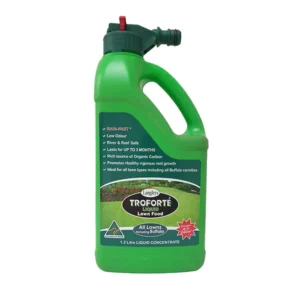
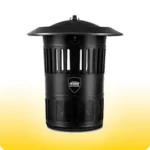 Mosquito Traps
Mosquito Traps